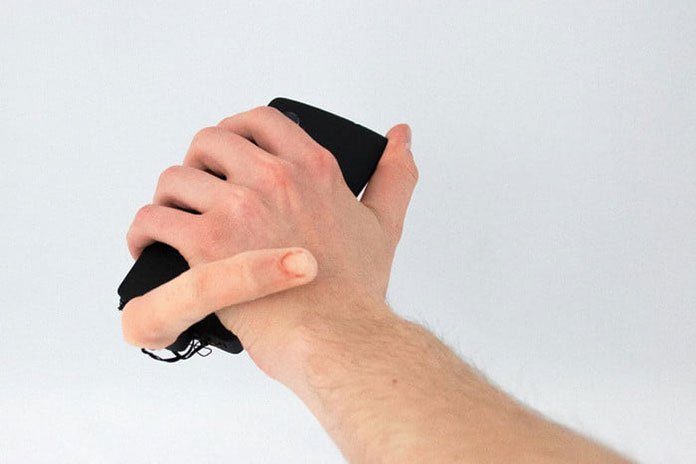By using the visual, haptic, and kinesthetic senses, shape-changing interfaces leverage our real-world abilities to better interact with systems. For instance, they can provide adaptive affordances, favor communication or increase users’ enjoyment.
Shape-changing mechanisms have been shown especially relevant for mobile devices. They create mobile user experiences that delight users. Also, force us to rethink a lot of what we have taken for granted so far.
Even if providing a ubiquitous platform to promote shape-changing interfaces, current technology tends to be bulky, expensive and does not fit the form factor of mobile devices. Thus, it is difficult for users to adopt that technology.
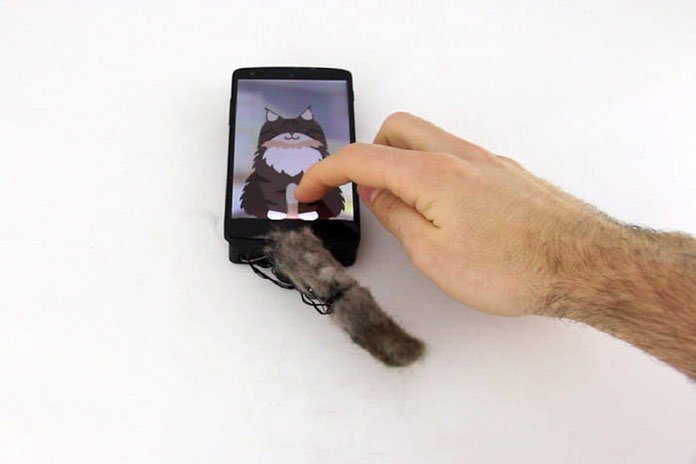
Now, introducing MobiLimb, a new augmenting mobile device with a robotic limb. It is a new shape-changing component with a compact form factor that can be deployed on mobile devices.
Using MobiLimb, users can manipulate and deform the robotic device (input). They can see and feel it (visual and haptic feedback), including when its shape is dynamically modified by the mobile device. Moreover, as a robotic manipulator, it can support additional modular elements (LED, shells, proximity sensors).
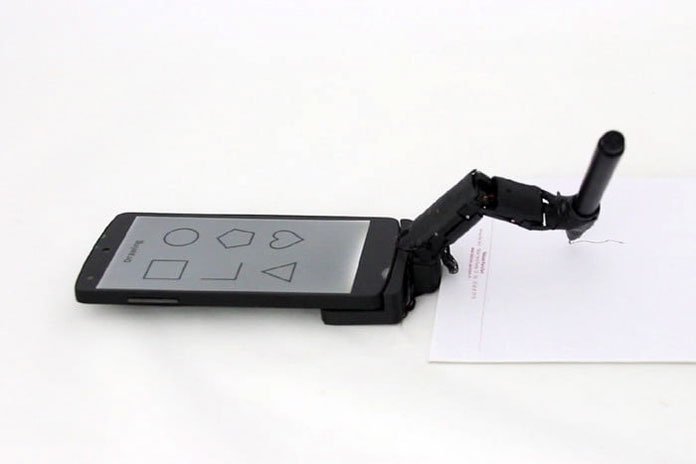
Through its motions, MobiLimb can physically and haptically express behaviors and emotions “out of the screen”. Thus conveying curiosity and engagement. It can react to users’ actions and assist novice users or users with special needs.
As a medium, MobiLimb can enrich voice, video, or text communication between users with haptic feedback. It is capable of emitting strokes, pat, and other tactile stimuli on the back of the hand or the inner wrist of the user to convey feelings or emotions.
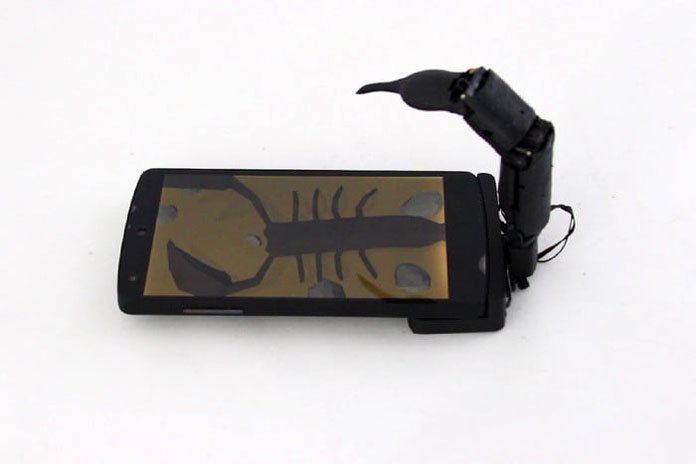
MobiLimb is not limited to tactile feedback (vibrations). By allowing directly touching the user, MobiLimb also provides kinesthetic feedback. This capability should enhance communication because it mimics what humans do. Moreover, MobiLimb enables direct manipulation and supports various interactions with the surrounding environment.
Marc Teyssier, a human-computer interaction researcher who helped create the device said, “MobiLimb is composed of five small servo motors, enclosed in a 3D-printed shell. Everything is driven with an Arduino board, and it uses Android OTG connection for power usage and data transmission.”
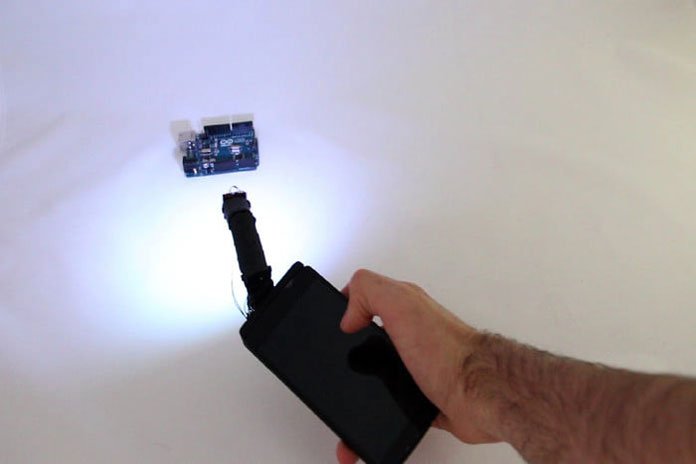
“The original starting point for this project was human touch for social communication, which is the topic of my Ph.D. thesis. In real-life communication, we use touch to communicate emotions with others.”
“However, current technology doesn’t use touch as an information channel. This project is just one approach for how we can receive a remote touch. Another aspect of this work is the relationship we are building with our mobile devices. Because they’re always in our hands or pockets, smartphones are becoming companions for humans — yet right now they remain a cold and flat technology.”
Although, the team has created several versions of the finger, including the regular (as regular as it gets, at least) black plastic version, a furry one, and a flesh-like variant created with the help of a visual effects artist.
